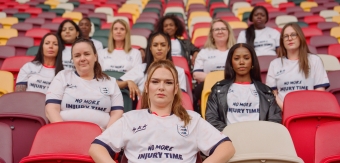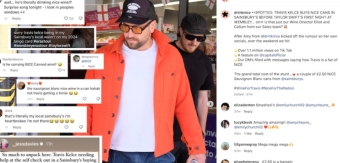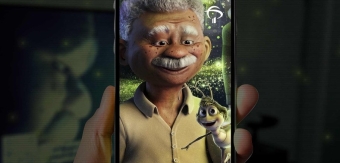How did you first get into the industry?
From as early as I can remember, I’ve loved drawing. My grandfather on my Mum’s side was an incredible hobbyist carpenter, and as a child I’d collaborate with him on various toy-making projects, from swords and cricket bats to cars, aeroplanes and rocket ships. I’d draw the plans – so small and intricate that he’d need a magnifying glass to view them – and he’d bring them to life in his workshop. I guess creativity with a thought process behind it was ingrained in me from then.
I studied art the whole way through school, but was an average student, and took the scenic route to graduating from Rhodes University with a Bachelor of Journalism degree, specialising in communication design. Cracking my first job as a graphic designer was difficult – I’ve lost count of the number of job application rejection emails I received at the time – but it helped thicken my skin and build the mental and emotional fortitude this industry sometimes requires.
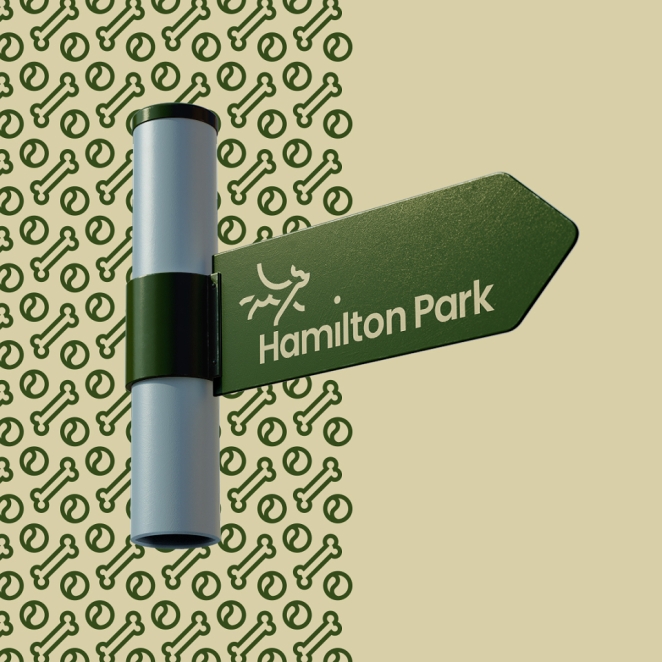
After months of applying, I finally landed my first gig at a tiny advertising agency in my hometown of Pietermaritzburg. My first monthly salary was in the region of $130, but that was enough to convince me I might just have what it takes to make it as a graphic designer.
Where are you based now and who do you work for?
I work for myself – and am blessed to be supported by my incredible fiancé, Bridget, and her son, Corey – from my home studio in Parktown North, a leafy suburb in Johannesburg, South Africa.
What is your personal background and what role did it play in your career?
I was only a few months into my career when the global financial crisis of 2008 hit. Marketing budgets dried up, the agency I worked at lost clients, and I was retrenched as a result – the good old ‘last in, first out’ policy.
That would be the first of four retrenchments through my career, the last being due to the economic devastation of the COVID-19 pandemic. If there’s one attribute that defines the people on the southernmost tip of Africa though, it’s resilience. I’d be lying if I said I didn’t feel sorry for myself at times, but I refused to let those circumstances define my attitude.
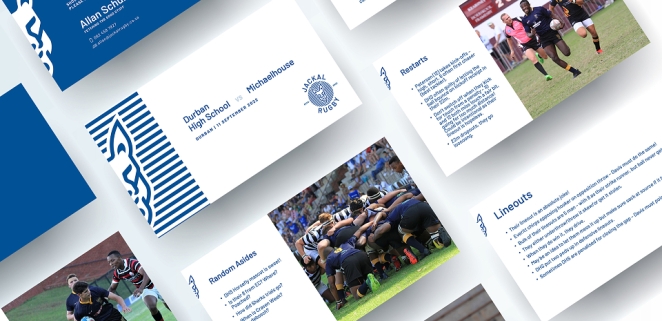
I looked at each loss of employment as an opportunity, and bounced back higher than I’d been before every time. The timing of the pandemic within the context of my career led me to decide I should start working for myself. I’d grown tired of the agency world and felt I’d learnt enough from it to become the master of my own fate.
If you weren’t in your current industry, what would you be doing?
I’d probably be a lawyer had I chosen not to pursue this creative path. Many of my friends here in Johannesburg are lawyers, and I’m always intrigued by the work they do and the problems they help solve. In my darkest post-retrenchment moments, I sometimes found myself wishing I could turn back the clock to study law.
Can you explain your creative process? What makes it unique?
First, I do my brand research to gain a solid grasp of the client’s business and the field they’re playing in. I put it all together in a brand development document and then edit it with them (on a video call or in a face-to-face meeting) to make sure we’re all on the same page.
This allows the client to feel involved in the creative process from start to finish, and makes explaining and justifying design choices much easier down the line, as they’ve helped inform them. Only once the research is done do I put pencil to paper and begin the sketching process. Once I’ve got a few sketches I feel are worth developing, I vectorise them in Adobe Illustrator and run them through a few refining stages.

I then present the three best options – in stylescapes – to the client, and we choose the best route together. I then develop the chosen direction into an extensive brand asset pack (which is where I have the most fun), and put together a brand guidelines document fleshing out as many touchpoints as the job might require. Targeted play achieves the best results.
How would you describe your style?
Bold, thoughtful and playful.
Which individuals do you gain inspiration from? Do you have any heroes in the industry?
First and foremost, my fiancé, Bridget. Without her love and support, I don’t know where I’d be. Her drive and work ethic, her patience and understanding, and her fierce love for Corey and I, inspire me to be the best I can be every day for our little family.
In terms of designers who inspire me, I’d have to go with Fraser Davidson for his amazing sports mascot design, and Jay Fletcher for his aesthetic style and the wonderfully playful and extensive brand asset packs he develops for his clients.
What tips would you give to aspiring creatives looking for work?
Be resilient and tenacious. This is a competitive industry filled with highly talented individuals. If you’re battling to find paid client work, take a walk around your neighbourhood to see if there are any small businesses that could benefit from your design talents.
Go home, do some research, and put together some concepts to show them. If they reject them, no big deal – you’ve got some work to add to your portfolio. Some of the best work I’ve done has never seen the light of day, but it’s enhanced my skillset and made me a better designer.
What tips would you give to other professionals to get more clients?
Try to build genuine relationships with your existing clients – there’s no better advertising than the kind of personal referrals they will give. Care about them beyond the task at hand, do that little bit extra for them and they will do the same for you, whether sending more work your way themselves or through their own networks.
Can you share a memorable experience from your career journey that shaped your approach to creativity?
Not long after moving to Johannesburg, I found work as an art director for a small agency led by a young, fiercely driven creative director named Johnny Fourie. His obsession with meticulous research left its mark on me, and informs my work to this day.
What kind of tools/kit/software could you not do without?
My pencils and sketchpad, my Lamy fountain pen, my iPad Pro and Apple Pencil, my Mac and MacBook, and the Adobe Creative Suite.
What’s your secret to staying inspired and motivated?
As Picasso said, “Inspiration exists, but it has to find you working.” I try to keep myself busy with passion projects as often as I can, especially when business is a bit slow.
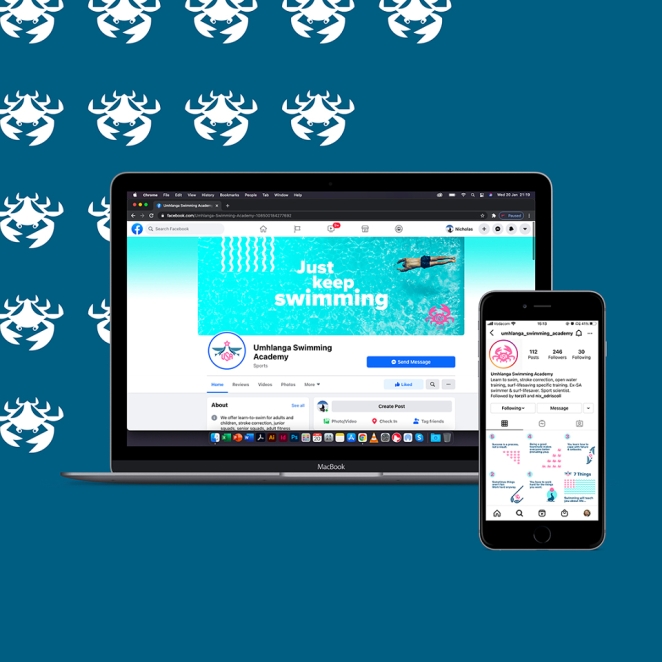
I currently have a giant Adobe Illustrator artboard I’m constantly updating with new t-shirt designs (some of which my stepson proudly sports), and I’m working on conceptual brand designs for my local dog-walking park and my favourite local restaurant. If these achieve nothing but upskilling and craft improvement for me, they will have been worth it.
What’s the work achievement you’re most proud of?
Taking my career into my own hands.
As someone with experience in the industry, what trends do you foresee shaping the future of creativity?
It’s impossible to answer this question without mentioning AI, isn’t it? Many of us are scared for our futures, and with good reason. These programs are learning faster and faster every day. I think we’re already seeing a growing humanist trend though. Brands like Nikon are championing human-made creativity, and I think others will follow suit.
What do you think sets apart truly exceptional creatives from the rest of the pack?
Hunger to always keep learning and improving. Wanting every piece of work they produce to be better than the last.
How do you think technology has influenced the creative industries and how have you adapted to these changes?
Once again, the impact of AI can’t be ignored. I’m learning to incorporate it into my workflow for idea-generation, and for quick image edits through Adobe Photoshop’s ‘Generative Fill’ feature.
What is the one thing that you would change about the industry?
In the agency world, I’d want better integration between client managers and the creatives who have to deliver on the promises they make.
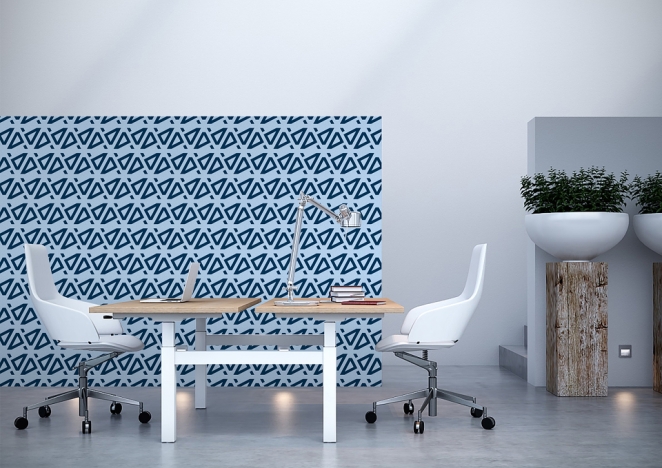
Young creatives all over the world are burning out, working hundred-hour weeks (without overtime pay) to make good on deals struck without their input. The ‘briefed in on Friday, due on Monday’ vibe is cruel and unsustainable.
Any websites, books or resources you would recommend?
Anything David Airey has written, George Bokhua’s Principles of Logo Design, Alina Wheeler’s Designing Brand Identity, Roman Mars’ 99% Invisible podcast.
And, if I’m allowed to plug myself: www.nicsymes.com


